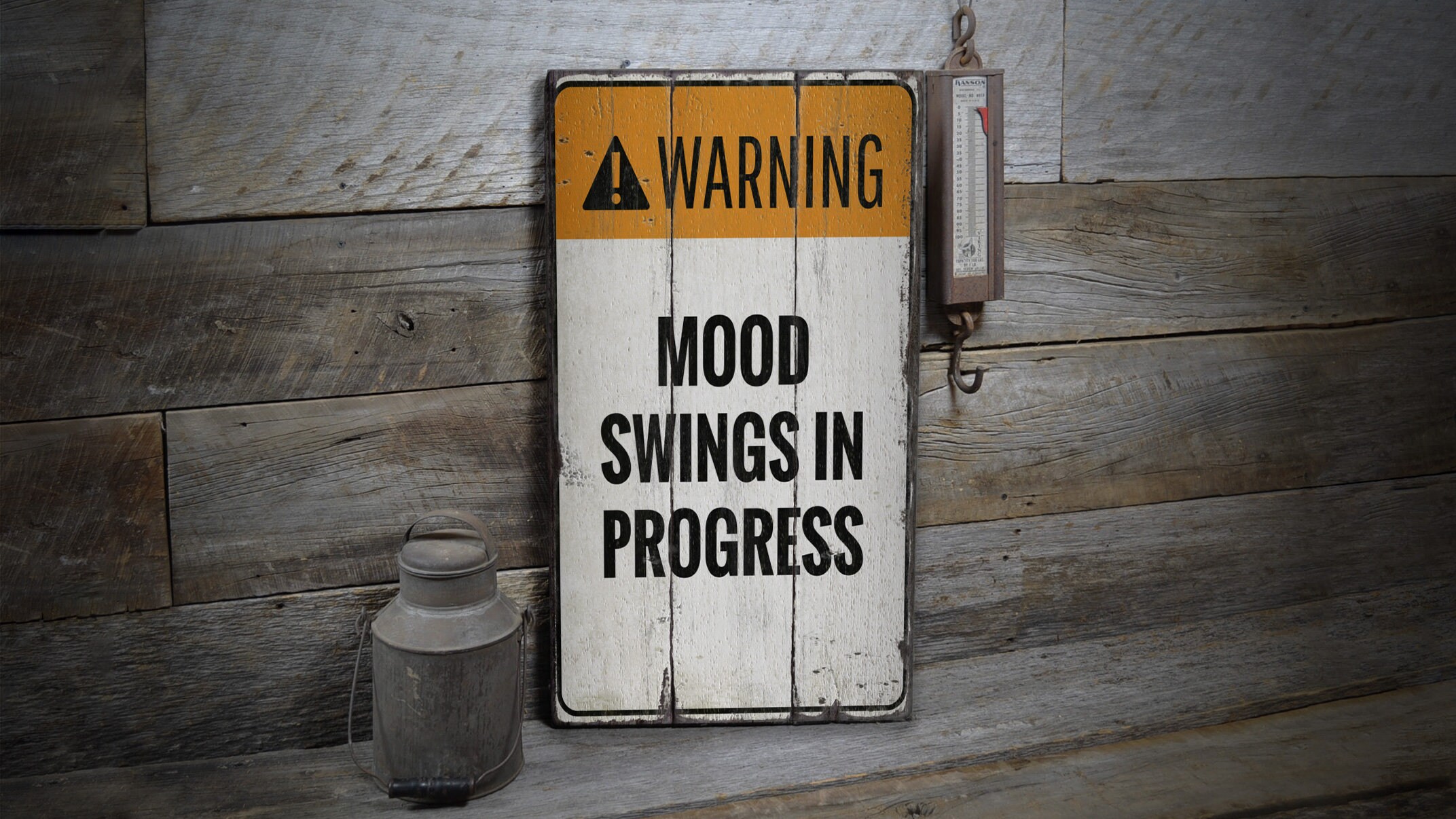

The reasoning part of the brain may be ‘hijacked’ by the feeling part of the brain. Trauma can cause the brain to shut down, dissociate, or react intensely. Significant trauma experiences (trauma with a capital ‘T’): ‘ big T traumas’ are events that cause a significant threat to a child’s safety or sense of self-worth. In some children, you will see dramatic emotional shifts in response to these life events. In the course of childhood, almost every child will experience some level of heartbreak or significant distress, such as the loss of a pet, grandparent, or a move across town. For example, children who really like their autonomy may be extremely distressed over a strict parenting moment or an incident of getting in trouble with the teacher at school. Recent research suggests that children may experience what adults consider mildly distressing events as traumatic. Mild trauma experiences (trauma with a small ‘t’): ‘small t traumas’ are seemingly small negative experiences in childhood. Traumatic events: a child who has experienced significant loss or trauma may have excessive anxiety and feelings of sadness that can lead to fluctuating moods. Kids with these challenges do not seem to be reacting directly to events that have happened but rather there is a pervasive sadness regardless of what is going on around them. These kids may have a sense of impending doom. Parents need to be on the lookout for a kiddo who seems constantly sad and grouchy. This level of mood swings is not putting your home and family in turmoil or getting your child kicked out of school.ĭepression: when children are depressed, it can show up as irritability. The key here is that mood swings are manageable. For example, as kids approach puberty or a big change like a new school, they might be moody for a bit. You may also notice new phases where your child is temporarily moody during a developmental change. Your young child may experience mood changes according to adjustments in sleep, eating, schedules, and interests. Children of this age are developing emotional awareness, independence, and coping skills. In a toddler or preschooler, you may notice that their moods shift suddenly and without warning. Typical phase of development: when children are very young, mood swings are not unusual. You may have always noticed that it is very difficult for your child to fall asleep or stay asleep Sleep differences: your child may require little sleep or seem tired often.Elevation and creativity: your child has hours or days of energy and directed creativity into projects, artwork, writing, or organization.Can accomplish anything and everything: your child thinks they can fly or that they are a famous rock star.Does dangerous things without thinking: your child is impulsive.Shifts in and out of silly moods without warning: your child acts very odd, giddy, or silly and then is irritated and sad.Makes your household feel like you are in the eye of a storm: everyone is tiptoeing around your child as to not upset them.Has explosive temper outbursts: your child displays intense emotions quickly.
#Mood swing it takes two free#
Want immediate help? Ask a question on HelpMe Cadey, our free AI-infused way to get you recommendations fast. One parent explained, “We feel like we’ve been thrown into a tornado that is big, black, and powerful.” As a result, in the most intense cases, families feel trapped in their own homes and may feel afraid of their children.

A pattern may emerge by which they feel amazing one day like they can conquer the world, followed by extreme sadness the next day.Ĭhildren with these challenges can be incredibly challenging to parent. They may feel trapped in a prison of rapidly fluctuating moods. However, there are certain kids for whom emotional regulation is extremely difficult. Throughout childhood, there are times when a kiddo’s moods may be in flux. It is normal for children or teens to have fluctuating moods sometimes.

So you may catch yourself saying, ‘I wonder where my child went and how I can get him back?’ It’s like a moving roller coaster that you keep trying to get off of, or at least slow down.” “Your child may seem like one person one minute and someone entirely different the next. One minute your child is silly and happy, and this mood can swing to excessively angry or sad in a short amount of time. It might seem like the slightest thing goes wrong, and your child goes into orbit. You may feel like your child’s anger is going from 0 to 60 in seconds. When mood swings are an issue, these shifts may occur every day or multiple times per day. A child may go from happy to sad to angry to exhausted in minutes.

Mood swings in childhood are rapidly shifting emotional states.


 0 kommentar(er)
0 kommentar(er)
